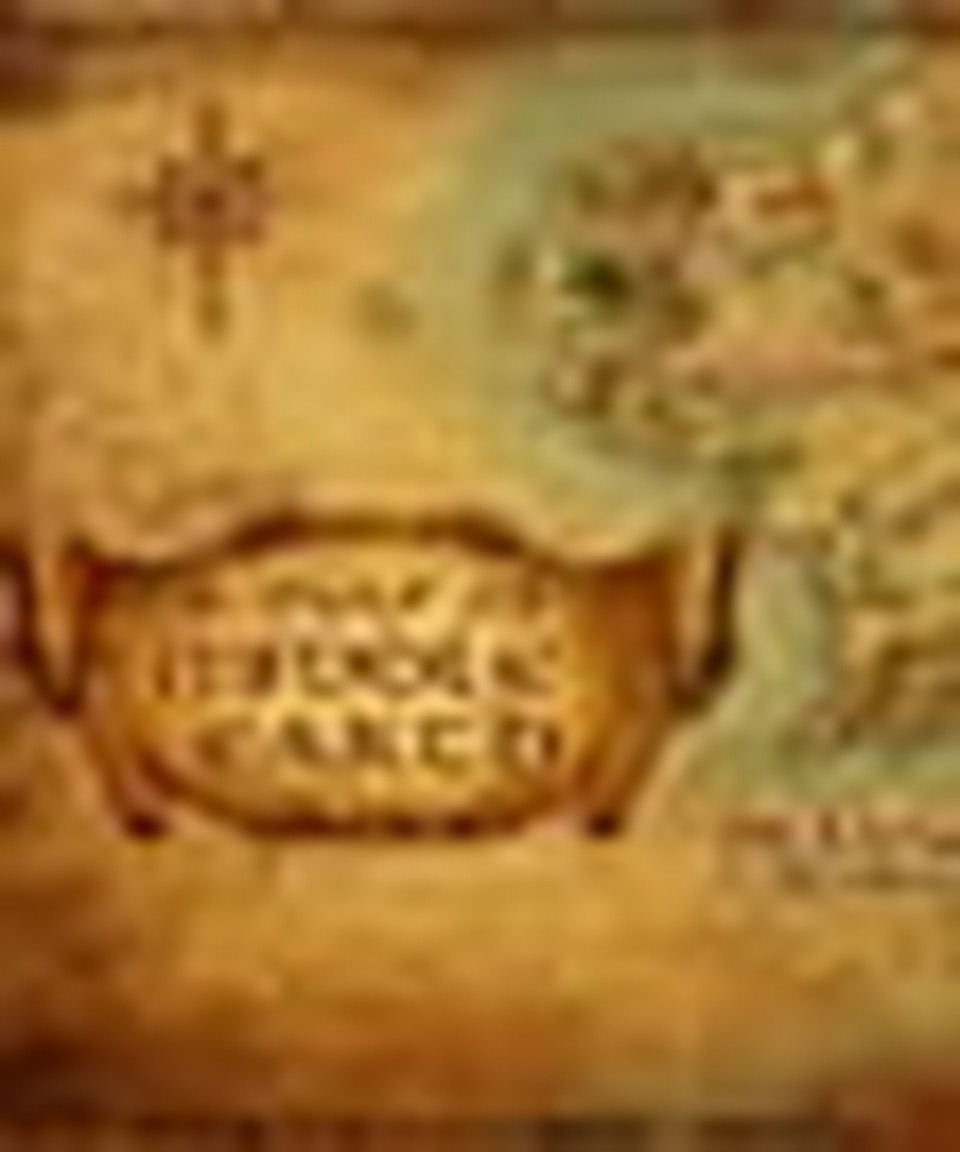There and Back Again and Again and Again

(WNS) -- What motivated director Peter Jackson to turn Tolkien’s humble children’s story into three epic-scale films?
That seemed to be the question most on the minds of film journalists and critics at a Dec. 5 The Hobbit press conference at New York’s historic Waldorf Astoria.
It’s a fair question. Although The Hobbit’s 95,000-plus words make it a hefty juvenile novel, it hardly compares to the more than 500,000 words that make up the more mature Lord of the Rings saga. How could Jackson justify taking equal screen time to tell both stories? Simple, he responded—he’s not telling the story J.R.R. Tolkien originally wrote, he’s telling the story Tolkien ultimately wanted to write.
Though he spent years immersed in Tolkien’s mythology while making Lord of the Rings, Jackson said he was surprised to realize how much material he had to work with when he began delving into the text of The Hobbit and the background appendices Tolkien wrote later. He believes fantasy’s most revered author planned to complete an expanded version of the story that introduced readers to Middle Earth’s beloved half-sized homebodies.
“I think he was intending to go back and actually revise The Hobbit or write a companion novel … and he never did publish that book or even finish it,” said Jackson. He says the new material and scenes that expand the original story came from Tolkien’s own writings and weren’t the inventions of Jackson or his writing partners.
Jackson assured the Tolkien devotees in the audience that Tolkien’s son Christopher published some of the material in the back of Return of the King, the final book in The Lord of the Rings trilogy, adding, “That’s where you find things like the plot about the White Council and the Necromancer, and it’s all still part of the Tolkien world.”
In the only press interview he has given, Christopher Tolkien, literary executor of his father’s estate, sounded less than enthusiastic about changes Jackson and his team made in adapting The Lord of the Rings. They “eviscerated it,” he told France’s largest newspaper, Le Monde, “by making it an action movie for young people aged 15 to 25. … And it seems that The Hobbit will be the same kind of film.”
Jackson’s fellow screenwriter, Philippa Boyens, admitted the tone they established with Lord of the Rings was a factor in developing Bilbo Baggins’ adventure tale into something more ambitious: “If we hadn’t made The Lord of the Rings first, this probably would have been a very different story.” This, Boyens explained, meant that small moments only hinted at in The Hobbit demanded further development in order to preserve internal consistency throughout what will ultimately become a six-film series.
Jackson added that if he hadn’t shot Lord of the Rings before tackling The Hobbit, the film cycle as a whole would have been less effective: “I’m very much aware that once these three movies are done and have had their theatrical life, we’re really looking at a six-movie set. ... If we had shot The Hobbit first, we might have locked into that more fairy tale tone which would have made Lord of the Rings a much more difficult adaptation because it would have been hard for the two to talk to each other. Doing it this way round has actually been a blessing.”
For those who wondered whether Jackson’s long take on The Hobbit might represent nothing more than a cash grab, Sir Ian McKellen, who plays the wizard Gandalf in all the films, fired back: “This isn’t a franchise. It isn’t X-Men. Anyone who thinks that Peter Jackson operates in response to market forces rather than artistic imperative doesn’t know him very well.”
Andy Serkis, who provides the voice and motion for the computer-animated Gollum, also came to his director’s defense: “The Hobbit doesn’t live in a separate universe [from The Lord of the Rings]. The grander themes of that story are feathered into the texture here and you absolutely need three films to do that properly.”
Publication date: December 15, 2012
Originally published December 13, 2012.







